-
Learn More
Energy efficiency can improve energy security, access, affordability and reliability while supporting development objectives.
-
Learn More
Energy efficiency supports USAID’s climate change and low emission development goals.
-
Learn More
Energy efficiency is a powerful tool for sustainable development that bolsters economies and creates jobs.
-
Learn More
Developing energy efficiency policies and programs is a multi-step process that begins with identifying energy-related issues.
-
Learn More
USAID missions around the world are implementing a variety of energy efficiency programs.
Energy efficiency programs stimulate economic growth, increase energy security and access, and lower consumers’ energy costs while helping to meet growing demand and climate/low-emission development objectives.
Energy services—such as heating, cooling, lighting, mechanical power and various industrial processes—are fundamental to economic development, the provision of adequate public services, and a high quality of life. Energy supplies—such as oil, natural gas and electric power—are converted to energy services through end-use technologies like light fixtures, heating and cooling systems, appliances and motors. Energy efficiency involves improving end-use technologies to provide equal or better energy services with fewer units of energy—in other words, at lower energy costs.
Some energy efficiency measures can yield financial and security benefits long before other more traditional infrastructure improvements, such as building electricity generation capacity (which requires siting, permitting and possibly long-term construction), can begin to provide value to society. Over time, energy bill savings offset the cost of the improvements. Lower energy bills increase disposable income, improve industrial productivity and allow for public institutions to devote more resources to their core missions (e.g. allowing schools to purchase books and computers, hospitals to purchase medicine and treatment equipment, and improving public safety through more efficient streetlights). This toolkit explains how efficiency is a low-cost strategy that can be implemented to help a country achieve its development objectives, including energy security, affordable and reliable energy access, and low-emission development. It introduces key concepts and benefits and provides guidance on the process of creating and implementing energy efficiency programs.
Energy Efficiency Basics
Energy efficiency improves end-use technologies to provide equal or better energy services with fewer units of energy supply. Learn how energy efficiency can be implemented in different market sectors to improve a country’s energy security, provide access to affordable and reliable energy services to its citizens, promote energy sustainability and low-emission development, and help a country achieve other development objectives.
Energy Efficiency and USAID
Energy efficiency is a key component of USAID’s Climate Change and Development Strategy. Learn how it contributes to development objectives such as stimulating economic growth, improving resource effectiveness and conservation, reducing greenhouse gas emissions, improving climate resilience, empowering women, and improving the delivery of health and education services.
Economic and Employment Impacts
Energy efficiency is a powerful strategy that emerging economies can use to secure their energy future while continuing along a prosperous and sustainable development path. Learn how energy efficiency activities reduce energy consumption while creating jobs and bolstering economies.
Developing Energy Efficiency Programs
Energy efficiency programs can address a number of energy issues that have a direct impact on development. Learn how to create an effective combination of activities to achieve a given country’s needs.
Energy Efficiency Case Studies
See what USAID and others are doing around the world to integrate energy efficiency into their development activities.







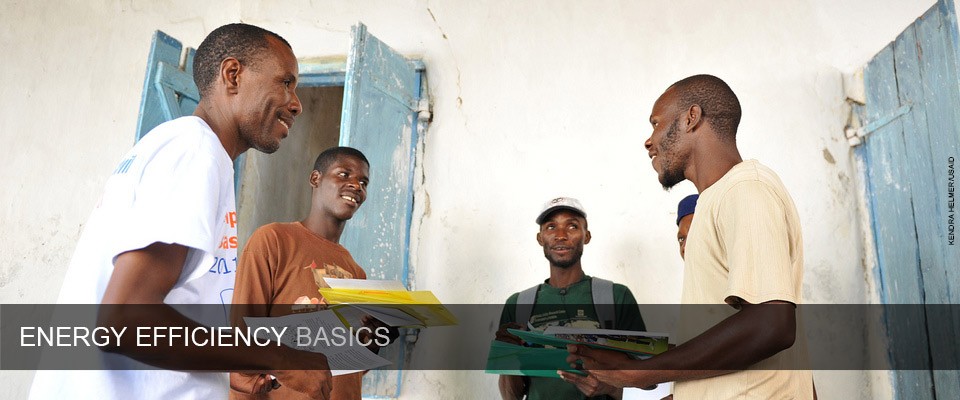
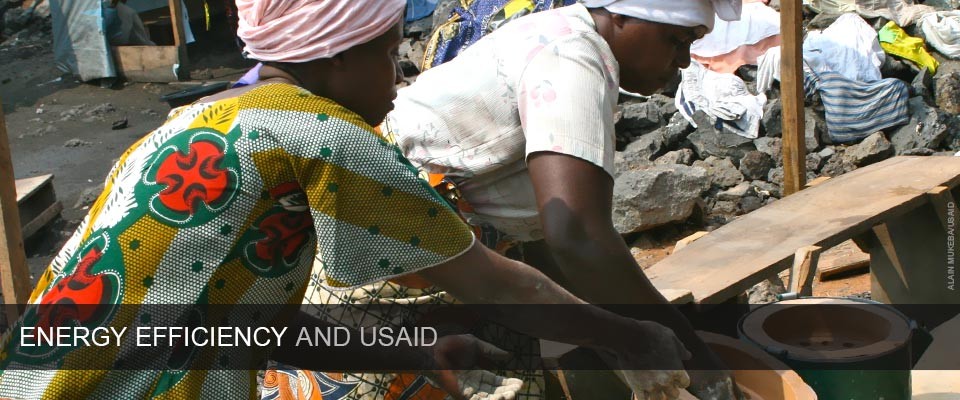
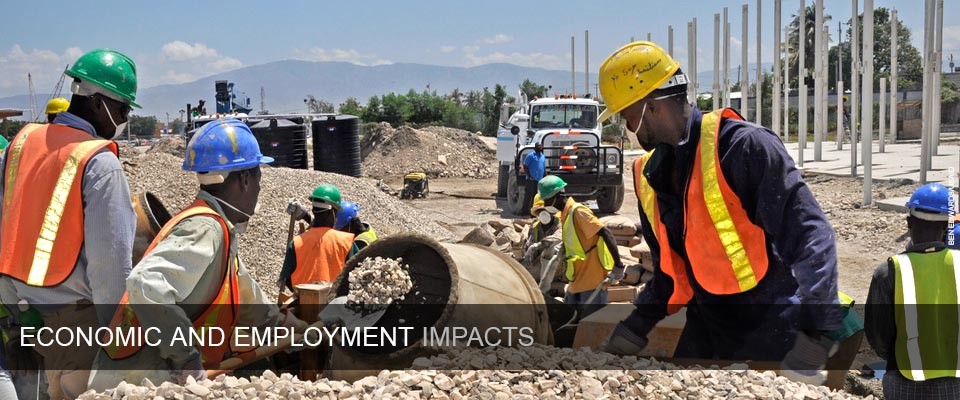
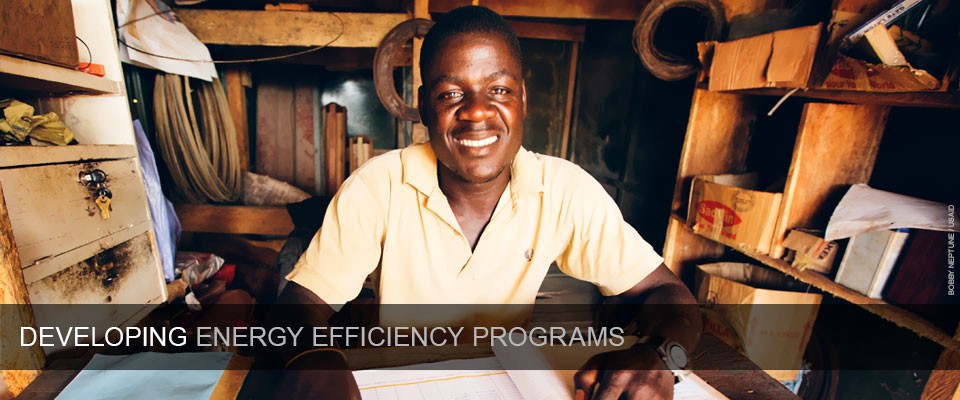
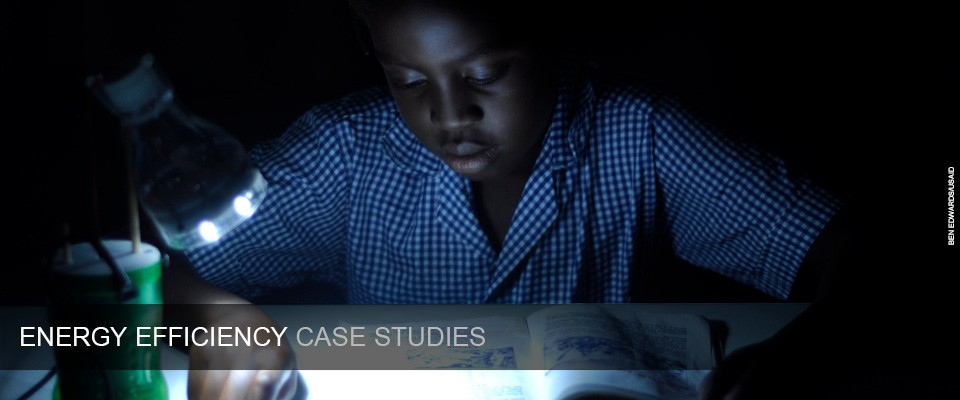
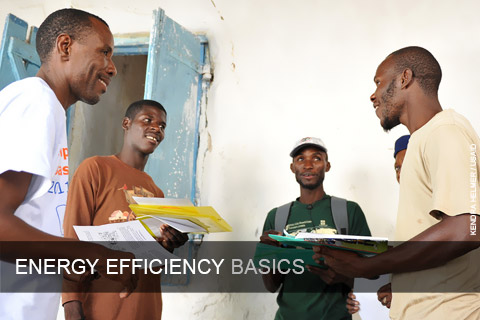
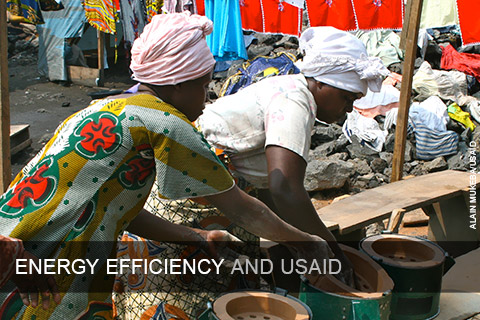
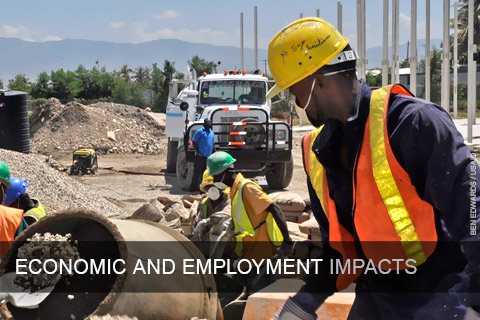
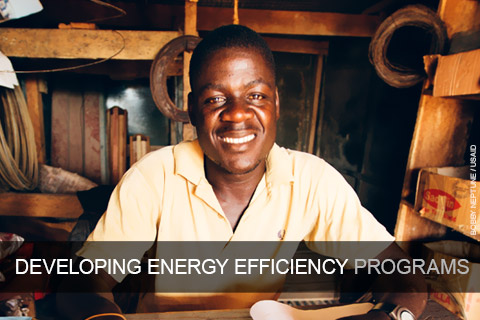
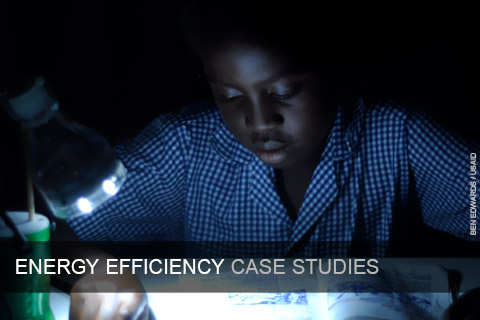
Comment
Make a general inquiry or suggest an improvement.